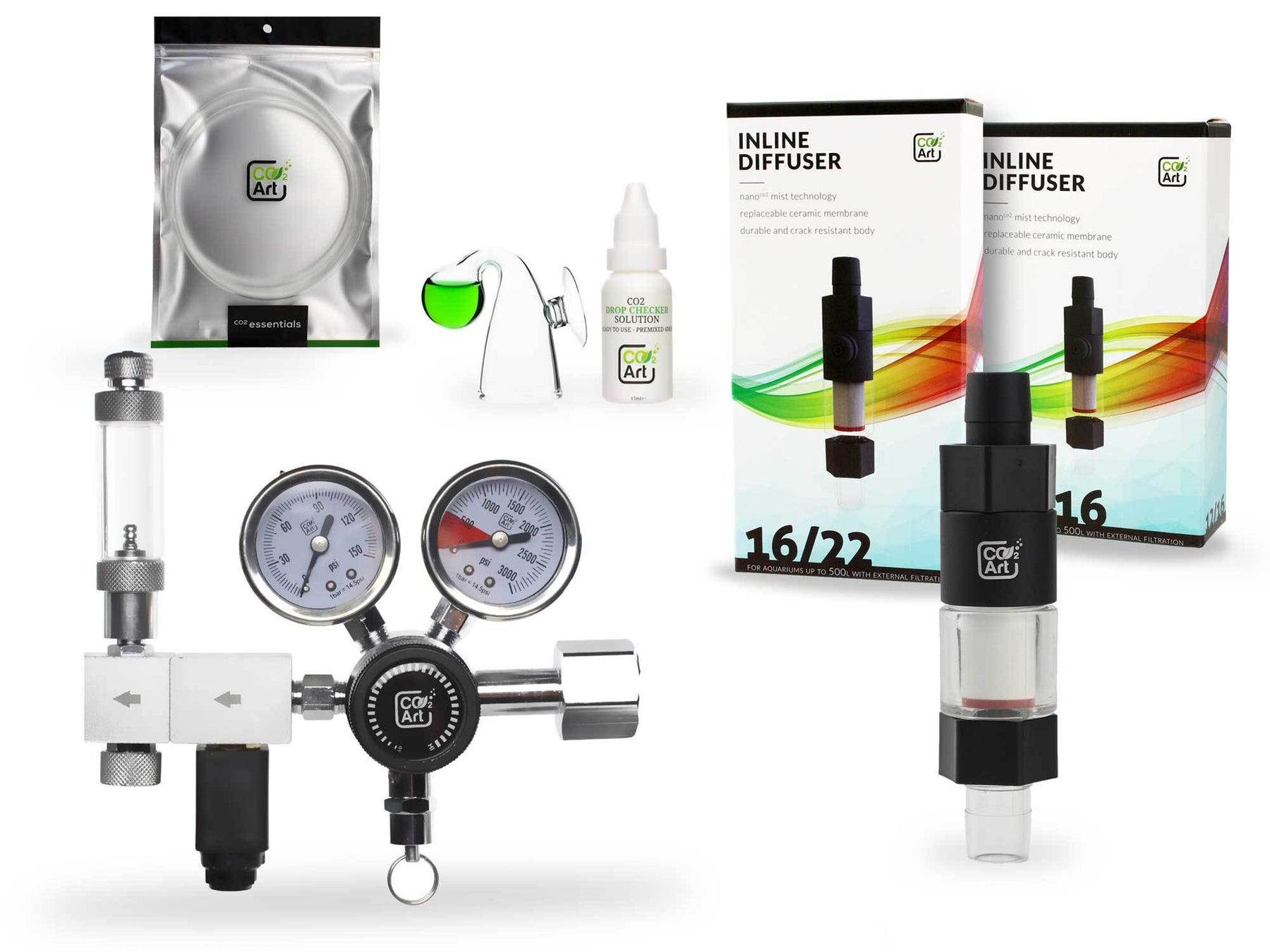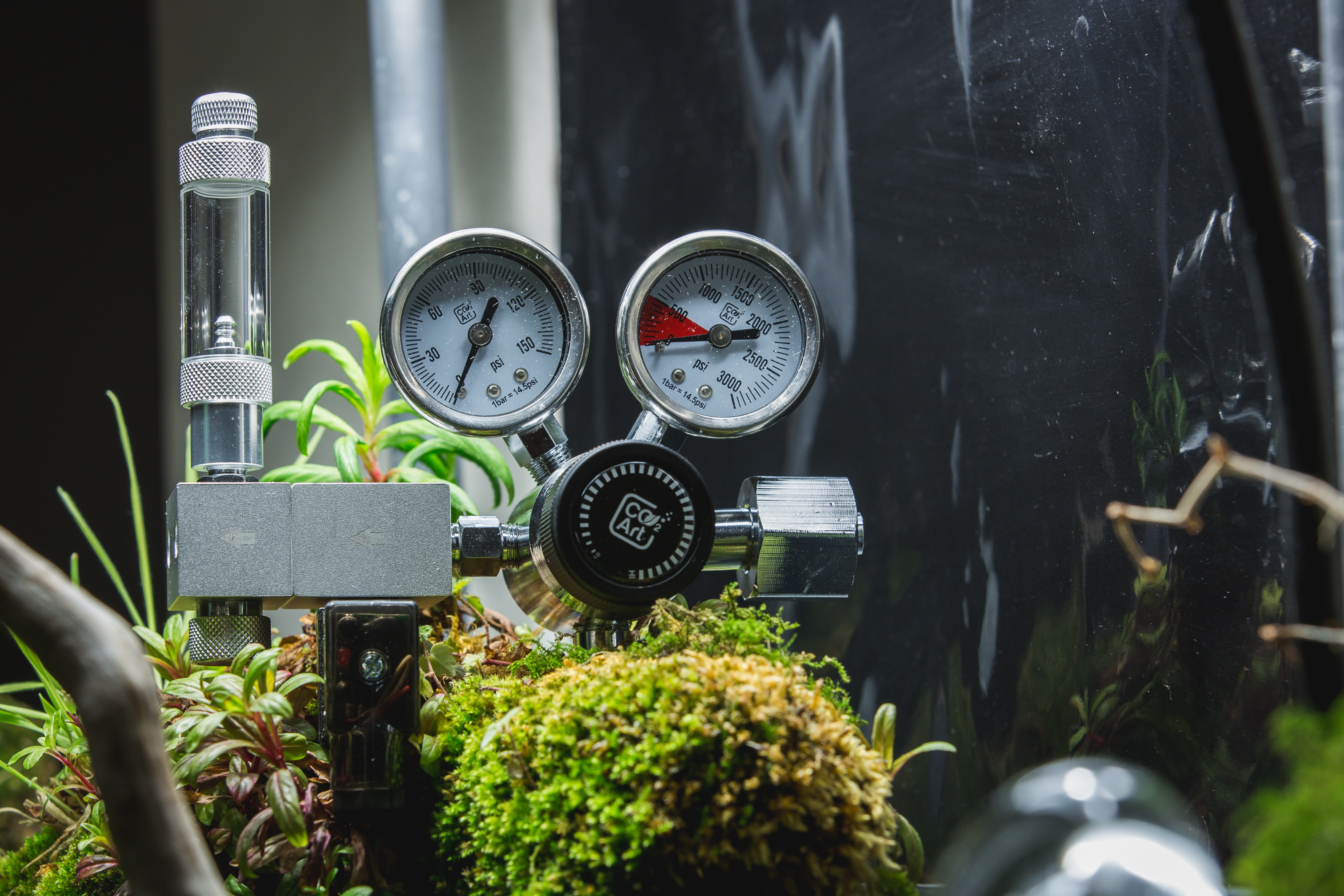pH swings low pH and CO2 in planted tank
Maintaining a healthy and thriving planted tank requires a delicate balance of various factors, with pH levels being one of the most crucial. Aquarists often encounter issues with lower pH in aquariums, which can adversely affect both plant and fish health. Understanding the dynamics of pH and its relationship with CO2 is essential for creating a stable aquatic environment.
The pH level in a planted tank influences the overall health of the ecosystem. A lower pH can result in stress for fish and suboptimal conditions for plant growth. This article aims to provide a comprehensive guide on managing pH swings, understanding the role of CO2, and implementing best practices for maintaining stable pH levels in planted tanks.
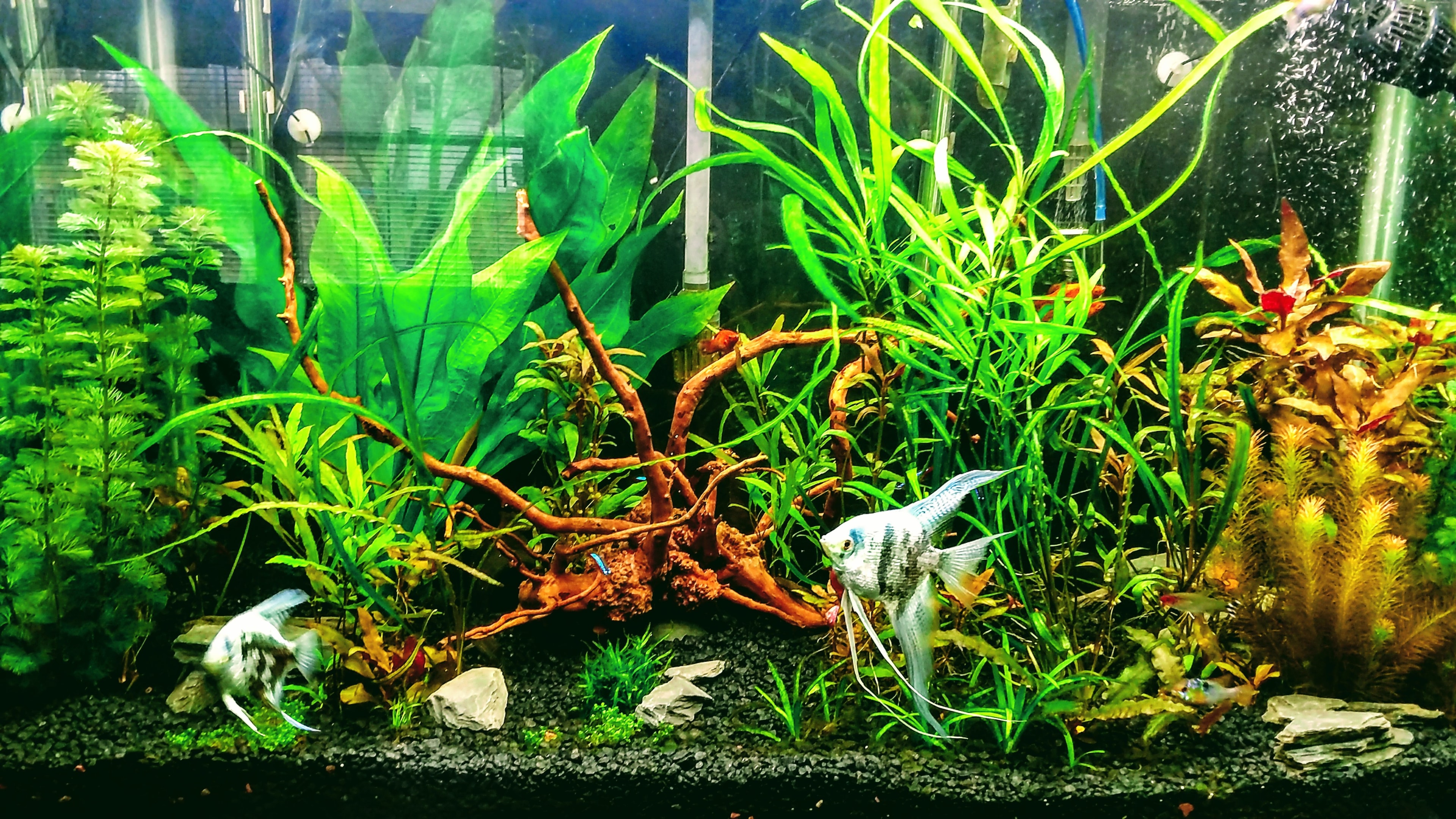
Understanding pH in Planted Tanks
pH is a measure of the acidity or alkalinity of water, ranging from 0 to 14, with 7 being neutral. In planted tanks, pH levels typically range between 6.0 and 7.5. The pH level is vital because it affects the availability of nutrients to plants and the overall well-being of fish and invertebrates.
Many aquarists wonder, "does CO2 lower pH?" The answer is yes, CO2 can lower pH by forming carbonic acid when dissolved in water. This process is a crucial aspect of understanding how to manage pH levels in a planted tank. Regular monitoring and adjustments are necessary to prevent drastic pH swings that can harm the tank's inhabitants.
Causes of pH Swings in Planted Tanks
pH swings in planted tanks can be caused by various factors, including the addition of CO2, changes in water source, and the presence of certain substrates. Understanding how does CO2 affect pH in water is essential for managing these fluctuations. CO2 injection, while beneficial for plant growth, can lead to significant pH changes if not properly regulated.
Other causes of pH swings include the natural breakdown of organic matter, which releases acids into the water, and the buffering capacity of the water, which can be influenced by the types of rocks and substrates used in the tank. Regular water changes and monitoring can help mitigate these swings and maintain a stable environment.
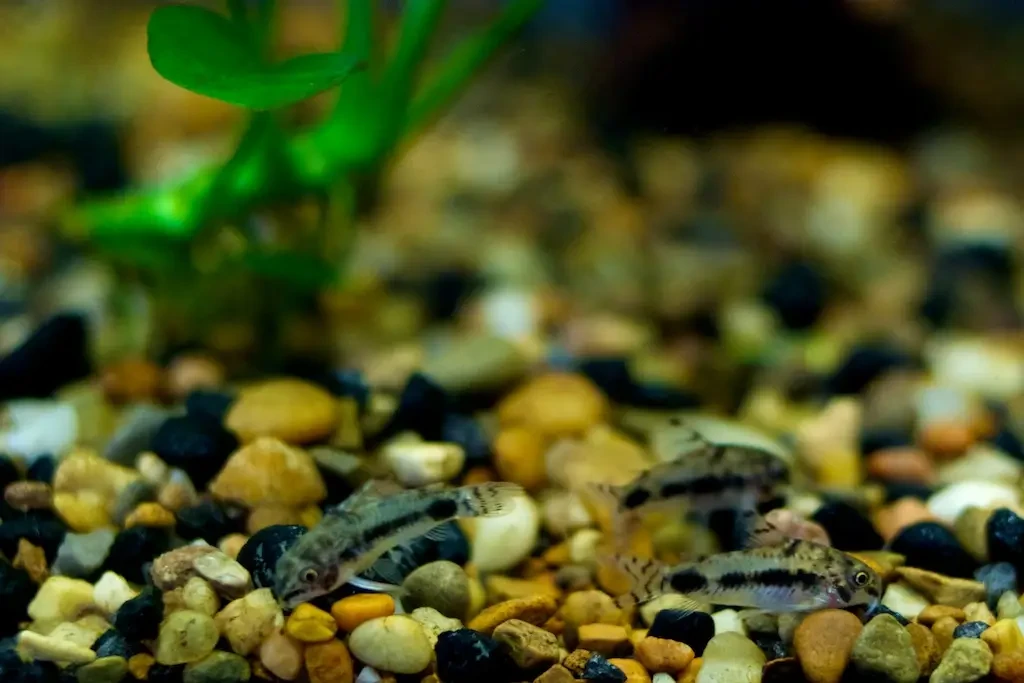
Effects of Low pH on Aquatic Life
A low pH in an aquarium can have detrimental effects on both fish and plants. Fish may experience stress, reduced immunity, and in severe cases, death. Plants may show stunted growth, discoloration, and decreased nutrient uptake. It is crucial to increase aquarium pH when it drops too low to ensure the health and vitality of the tank's inhabitants.
To stabilize pH in an aquarium, it's important to implement gradual changes and avoid sudden shifts. Using pH buffers, adding crushed coral or limestone to the substrate, and ensuring adequate water circulation can help maintain a stable pH level. Regular testing and adjustments are necessary to keep the pH within the optimal range for both plants and fish. By understanding these foundational aspects of pH management in planted tanks, aquarists can create a balanced and healthy environment for their aquatic life. In the following sections, we will delve deeper into the role of CO2, best practices for CO2 injection, and natural methods to stabilize pH levels.
The Role of CO2 in Planted Tanks
In a planted aquarium, carbon dioxide (CO2) is essential for plants to perform photosynthesis, which is crucial for their growth and health. However, introducing CO2 can cause a pH drop, making it vital to understand its impact on the tank's environment. When CO2 is dissolved in water, it forms carbonic acid, which lowers the pH value. This ph change can be beneficial for plants but may cause stress to fish if not properly managed.
Maintaining appropriate CO2 levels is critical. High CO2 can lead to significant pH swings, while low CO2 may result in poor plant growth. Monitoring CO2 with a drop checker can help ensure that the levels are within a safe range. The carbonate hardness (KH) of the water also plays a role in stabilizing pH. A higher KH can buffer against pH swings, making the environment more stable for both plants and fish.
CO2 Injection: Benefits and Drawbacks
CO2 injection is a popular method for supplying carbon dioxide to planted aquariums. This technique can significantly enhance plant growth, making the tank more lush and vibrant. However, CO2 injection can also lead to pH swings if not carefully regulated. Using a drop checker helps monitor the CO2 levels and prevents excessive pH drop.
One of the main benefits of CO2 injection is that it promotes healthier and faster-growing plants, which can outcompete algae for nutrients. On the downside, improper CO2 levels can cause severe pH swings, potentially harming fish and other livestock. Regular water changes can help mitigate pH changes by removing excess acids and replenishing carbonate hardness.
Balancing CO2 and pH: Best Practices
Balancing CO2 and pH levels in a planted aquarium requires careful attention and consistent monitoring. One effective strategy is to use a drop checker to keep track of CO2 levels. This tool helps ensure that the CO2 concentration remains optimal for plant growth without causing harmful pH swings.
Another important factor is maintaining appropriate carbonate hardness (KH). KH acts as a buffer against pH swingsby neutralizing acids in the water. Ensuring a stable KH level can prevent drastic pH changes. Additionally, regular water changes can help maintain carbonate hardness and overall water quality. Implementing these best practices helps create a stable environment for both fish and plants, reducing stress and promoting health.
Monitoring pH Levels in Planted Tanks
Regular monitoring of pH levels is crucial in a planted aquarium to avoid adverse effects on fish and plants. Using reliable pH testing kits or electronic pH meters can provide accurate readings. It's recommended to check the pH valueat different times of the day, as CO2 levels can fluctuate with the light cycle, leading to pH swings.
In addition to pH testing, monitoring carbonate hardness is also important. KH test kits can help determine the buffering capacity of the water, which is essential for preventing pH swings. Regular water changes can help maintain stable carbonate hardness and pH levels. By closely monitoring these parameters, aquarists can quickly detect and address any issues, ensuring a stable and healthy environment for their livestock.
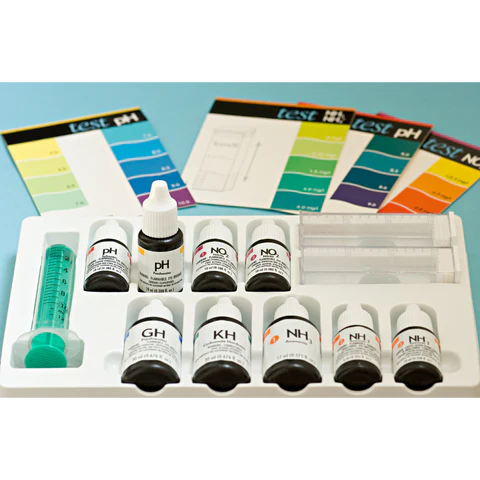
Natural Methods to Stabilise pH
Natural methods to stabilize pH in a planted aquarium can be effective and environmentally friendly. One common approach is using substrates like crushed coral or limestone, which slowly dissolve and release carbonate hardnessinto the water. This increases the water’s buffering capacity, reducing the likelihood of pH swings.
Another method involves incorporating specific plants that naturally buffer the water. These plants can release substances that help stabilize the pH value. Adding driftwood can also have a buffering effect, although it typically makes the water more acidic. Regular water changes and maintaining a diverse, balanced ecosystem with healthy plants and fish contribute significantly to pH stability.
Troubleshooting pH Issues in Planted Tanks
When facing pH issues in a planted aquarium, it's important to identify the root cause. Begin by checking CO2 levels using a drop checker and ensure they are within the optimal range for your tank. High CO2 levels can cause a significant pH drop, leading to stress in fish and other livestock.
Assess the carbonate hardness (KH) as well. Low KH means low buffering capacity, which can result in frequent pH swings. Adjusting KH through the addition of bicarbonates or using substrates that release carbonates can help stabilize pH. If you notice pH changes, consider performing more frequent water changes to remove excess acids and replenish minerals.
Observe the behavior and health of your fish and plants. Stress in fish or poor plant growth often indicates underlying pH problems. Ensure your tank is not overstocked, as too many fish can increase the production of waste, leading to pH swings. By addressing these issues systematically, you can maintain a stable and healthy environment in your planted aquarium.
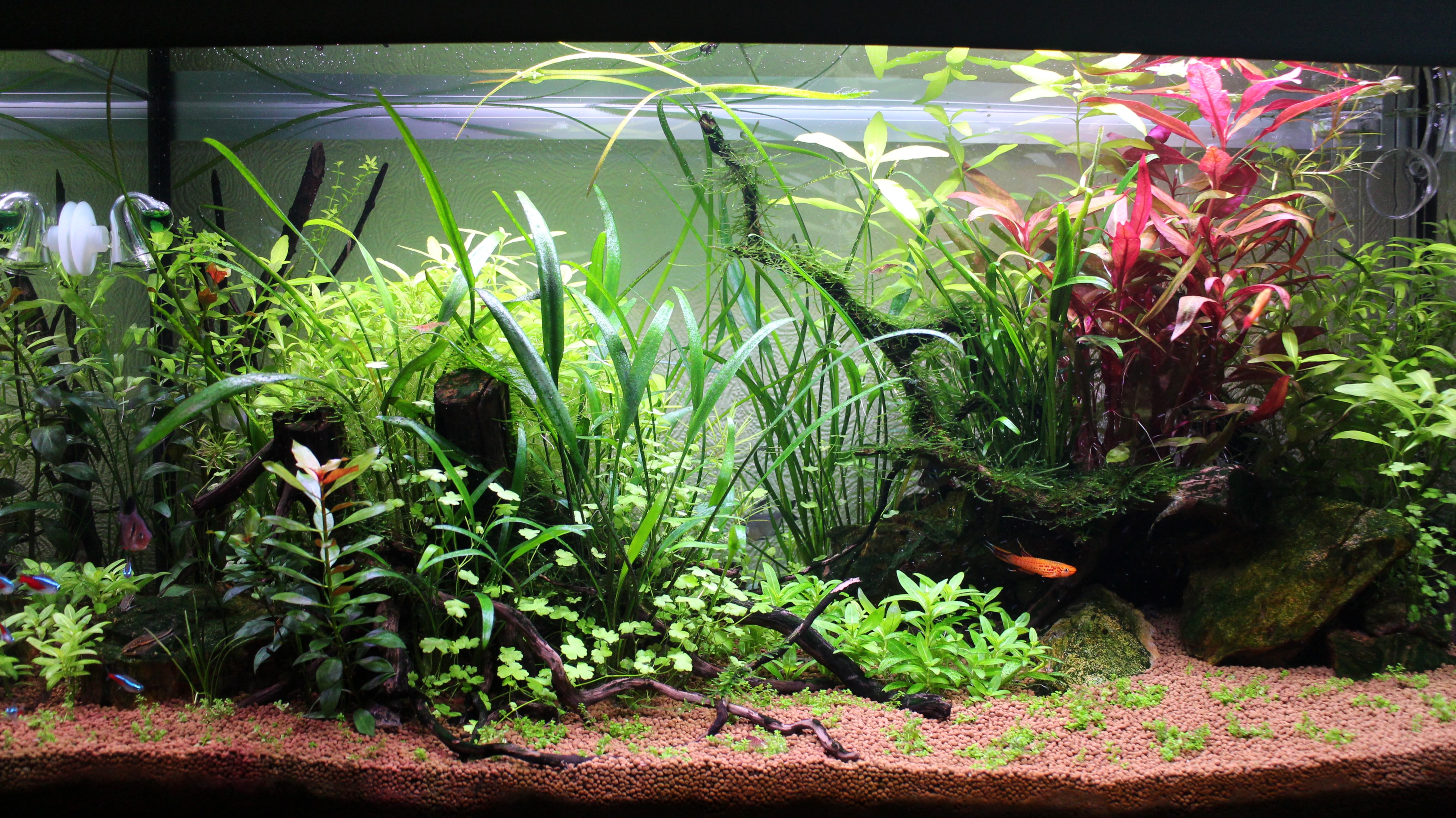
Conclusion
Maintaining a stable pH in a planted aquarium is essential for the health and well-being of both fish and plants. Understanding the role of carbon dioxide and its effects on pH, along with monitoring CO2 levels using tools like a drop checker, can help prevent harmful pH swings. Regularly checking and adjusting carbonate hardness (KH) is also crucial for buffering against pH changes.
Implementing natural methods, such as using specific substrates and incorporating buffering plants, can help stabilize pHlevels. Regular water changes play a significant role in maintaining water quality and preventing pH fluctuations. By closely monitoring these parameters and addressing any issues promptly, aquarists can create a balanced and healthy environment for their livestock.
In summary, the key to a thriving planted aquarium lies in understanding and managing the interplay between pH, CO2, and carbonate hardness. By following best practices and staying vigilant, you can ensure a stable and vibrant aquatic ecosystem for your fish and plants.
Meet our bestseller! The Pro-Elite Series Complete Aquarium CO2 System with New Inline CO2 Diffuser!
